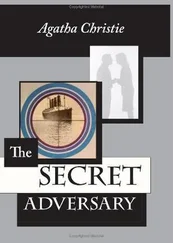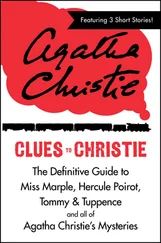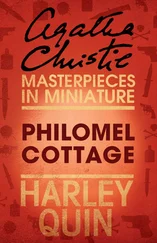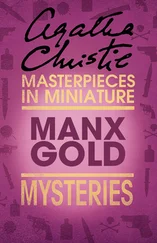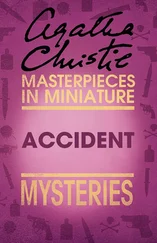The most concentrated notes appear in Notebooks 13 and 63 with 18 pages each. The other eight Notebooks that feature Sparkling Cyanide have anywhere between one and six pages of disjointed notes, including a few false starts and some repetition. Despite name changes the characters as sketched in Notebook 35 below are immediately recognisable. As can be seen, the alternative title (under which it was published in the USA) emphasises the ‘murder in retrospect’ aspect of the novel:
Remembered Death ‘Here’s Rosemary—that’s for Remembrance’
Book I
‘Sweet as remembered kisses after death’
What must I do to drive away remembrance from my eyes?
Beginning of In Memoriam
Rosemary
Iris…shadows—the beginning of it all
Book
Remembered Death—girl’s name is Rue
Remembered Death
Rosemary (dead)—husband—George Barton—acts very suspiciously—he is a businessman
Stephen Fane [Faraday]—R’s lover
Lady Mary Fane—his wife—cold proud clinging jealous
Tony Getty [Tony Morelli aka Anthony Browne]—former lover of R’s apparently in love with Viola [Iris]
Ruth Chambers [Lessing]—George Barton’s sec[retary]—efficient girl—may be in love with him
Lucilla Drake—old pussy—cousin—lives with them—has a son in S. America—ne’er do well
Murder (of George or V[iola]?) by son who is secretly married to Ruth
Col. Race on job
In Notebook 63 we see the novel beginning to take shape, with six characters thinking about Rosemary:
Remembered Death Six people are remembering Rosemary Blair [Barton] who had died last November
Sandra—R. her hatred of her—her suspicion that St. doesn’t care for her
Iris—puzzling it out—letters etc.—George’s manner—Anthony’s coming—the Faraways [Faradays]
Stephen—his life—meeting S—calculated advance—the marriage—Rosemary—shock—infatuation—the awakening—her attitude—after the birthday
Anthony Browne—thinking of R—wondering how he could ever have been attracted—her facile loveliness. His name—‘a nice name’—eminently respectable—borne by chamberlain to Henry VIII
Ruth
It all began with Victor—interview in office with George. Her…undesirable relation—my wife—tender-hearted—girlish affection for him—he’s got to get out of the country—Argentine cash.
George
Thinking of his wife—(drinking?)—maudlin—what a pretty thing she was—always knew he wasn’t young enough. He’d made up his mind to it—all the same when he’d first had an inkling—the letter—blotting paper—written to whom—that fellow Browne? or that stick Stephen Faraday.
Notebook 21 has a sketch of the table of the first party (Rosemary is included) and, like the reference in the short story version to the location of the first dinner, seems to be set in New York rather than London. It is possible that Boyd Masterson was a forerunner of Colonel Race:
George has had letter—‘Your wife was murdered’
His oldest friend Boyd Masterson—latter consults with Iris—Iris meets Tony—staying with Stephen Fane M.P. and Lady Mary Fane.
The Party
 George Barton
George Barton
 Iris
Iris
 Tony
Tony
 Stephen
Stephen
 Mary [Sandra]
Mary [Sandra]
 Carolyn Mercer (R’s girlfriend) [dropped, possibly in favour of Ruth]
Carolyn Mercer (R’s girlfriend) [dropped, possibly in favour of Ruth]
 Boyd Masterson
Boyd Masterson
 Lucilla Drake (elderly cousin)
Lucilla Drake (elderly cousin)
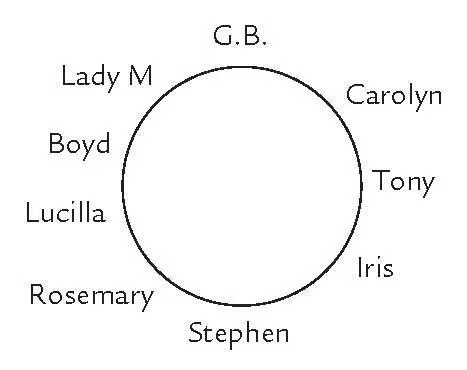
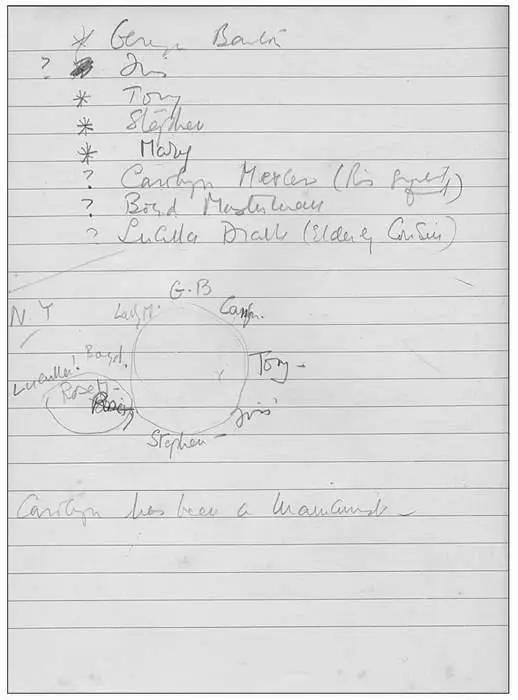
Sparkling Cyanide’s fatal seating plan—see opposite page.
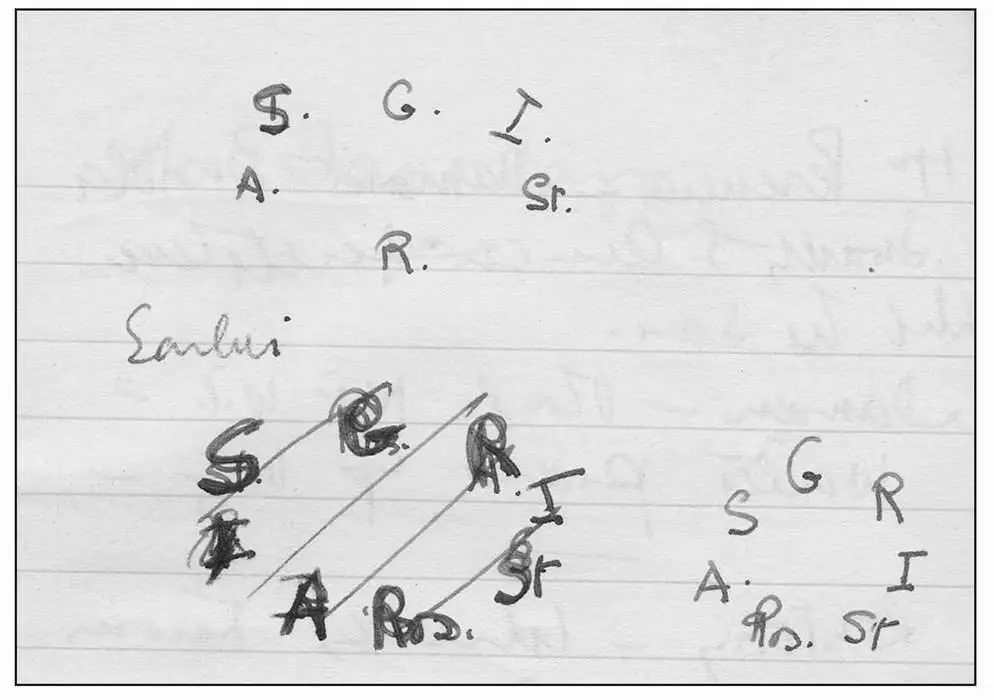
These three cramped drafts, from Notebook 25, of the table from Sparkling Cyanide show ‘Rosemary’ in two of them, indicating the first fatal dinner-party.
Oddly, the following single page is in the middle of the plotting of Five Little Pigs, giving the impression that it was dashed down as Christie thought of it. There are two years between publications, but it must be remembered that an empty page was all Christie needed to get her idea down. Chronology was not a factor.
Remembered Death Possible developments
Black out—snapdragon? At Savoy—performers—indecent song—everyone listens breathlessly—not to miss words. Waiter and drinks—Lights go up—Viola [Iris] gets up to dance—drops bag—young man replaces it on table—on next seat—therefore—a man dies—George Barton
Although Ruth and Victor were always the front-runners for villains, providing, as they do, a more unexpected solution, other characters were also considered. In the second extract below, from an earlier draft, Charles is George Barton and Pauline is Iris Marle:
A. George—kills Rosemary—keep control of money—she is going to leave him. Then Iris because she too will demand money—Lucilla Drake will leave it in her hands. He manufactures letter—work up the ‘murdered’ idea—ropes in Race
B. Victor Drake—arranges it with Ruth—Ruth to marry George—R. slips cyanide in R’s handbag. Victor as waiter puts it in her glass. Iris inherits money—not George—is keen on Gerry—Ruth and Victor (married) decide to act—Victor ostensibly in S. America. Ruth puts cyanide in Stephen’s pocket—letter in Iris’s bag (from Stephen to Rosemary)—bag replaced wrongly on table—therefore Iris sits down wrong place—George drinks the poison
C. Victor is the man and he is also Gerry Wade [Anthony Browne]—in with Ruth—plot laid between them
Killer could be
Charles—(first death suicide)—has misappropriated P’s
[Pauline, later Iris] money
Or
Anthony (really V’s lover?)—killed her—Charles finds out—means to separate them—Charles is killed
Or
Pauline? Killed her sister
Death Comes as the End 29 March 1945
In Egypt in 2000 BC, wealthy landowner Imhotep shocks his family by bringing home a new young wife, Nofret, who antagonises the entire family. Murder soon follows, but the evil at the heart of the family is not appeased by a single death and the killer strikes again…and again…and again.
Long before the current vogue for mysteries set in the past, Agatha Christie was a pioneer. Death Comes as the End, written in 1943, was an experiment created at the instigation of Stephen Glanville, professor of Egyptology and a friend of Max Mallowan. He provided her with much of the basic information and gave her books to study in order to get details correct.
Considered purely as a classical detective story this novel does not pass the key test. There are no clues for the reader to spot and interpret, thereby arriving at a logical solution. But as a tense and readable whodunit, it passes with flying colours. And as a believable picture of a family not sure who to trust within their own family circle, it is totally believable. Most of the usual ingredients of her other novels—police resources and post-mortem analyses, telephones and telegrams, fingerprints and footprints, formal investigation and inquests—had to be abandoned. So, while not a firstclass Christie, it is nonetheless a major achievement.
Читать дальше
Конец ознакомительного отрывка
Купить книгу
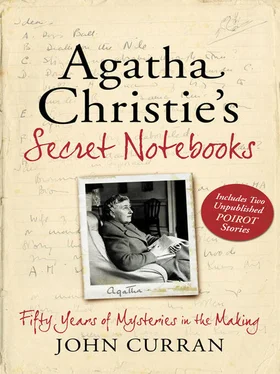
 George Barton
George Barton



